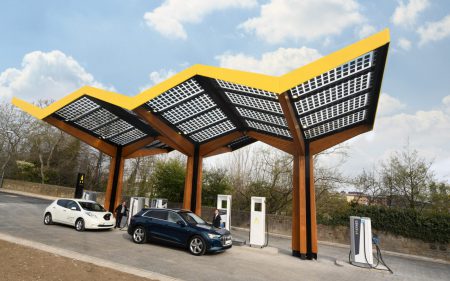Faulty tanks have caused a $20 billion environmental disaster across the U.S. Who will pay for the cleanup — the stations, oil companies, or you?
A black, electric-powered Nissan Leaf pulled up to a gas station – not to fuel up, of course. Matthew Metz, the founder of Coltura, a nonprofit trying to speed the country’s shift away from gasoline, climbed out of his car with printed maps in hand, prepared to give me a tour.

It was a sunny spring day, and the Arco station in north Seattle looked like any other on a busy street corner, with cars fueling up and a line of bored people waiting to buy snacks and drinks inside the convenience store. Metz knows a lot about gas stations, and it changes what he sees. Looking around, he marveled at the risks that everyone was taking, even if they weren’t aware of it. “This is a hazardous materials facility,” he told me.
Drivers pumped their tanks with gas, breathing carcinogens like benzene, the source of gasoline’s signature sweet smell. On the east side of the property, tall white pipes that vent toxic vapors from petroleum kept underground stood just 10 feet away from the window of a child care center. Hidden below the station is a tract of contaminated soil that extends underneath a neighboring apartment building.
Read more: Crosscut
It’s Time to Go Green!
If you would like to know more about Solar Panels and the PowerBanx range of home battery systems, and get a free instant quote, please complete our online form:

